"300 Practical Skills" Part 6|Original: Say I'm in the Development Zone
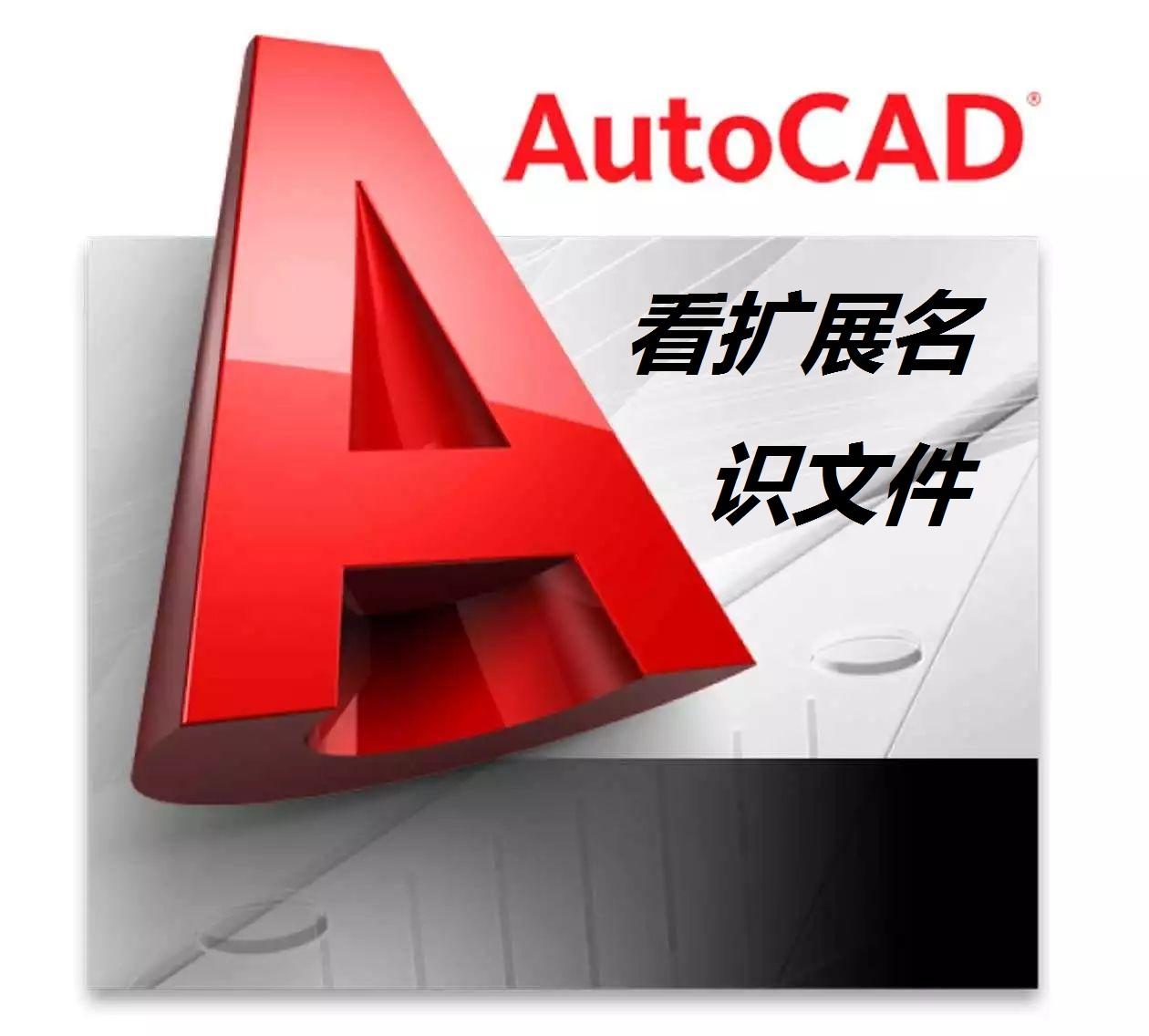
In the installation directory of AutoCAD, there are a large number of files of different types, which are marked by different suffixes (extensions).
What are these files? What role does it play in actual use?
Today's "300 Practical Skills" selected ten of them for introduction, and talked about their origin, function, and related knowledge and suggestions.
In addition, there are links to the first 5 issues at the end of the article, welcome to read.
FMP font mapping table

Font map files are plain ASCII text files with a .fmp extension.
Use any ASCII text editor such as Notepad to open the font map and change the font assignments.
The specified compilation syntax rules for font changes are: the replaced font name (without suffix); the replaced font name (full name, including suffix).
For example, "hzdx;gbcbig.shx" means to use gbcbig.shx font instead of hzdx font.
When opening a drawing with missing fonts, if the missing fonts have been specified in the mapping table, they will be replaced automatically, and the dialog box for selecting fonts will no longer appear.
STB and CTB print style sheets
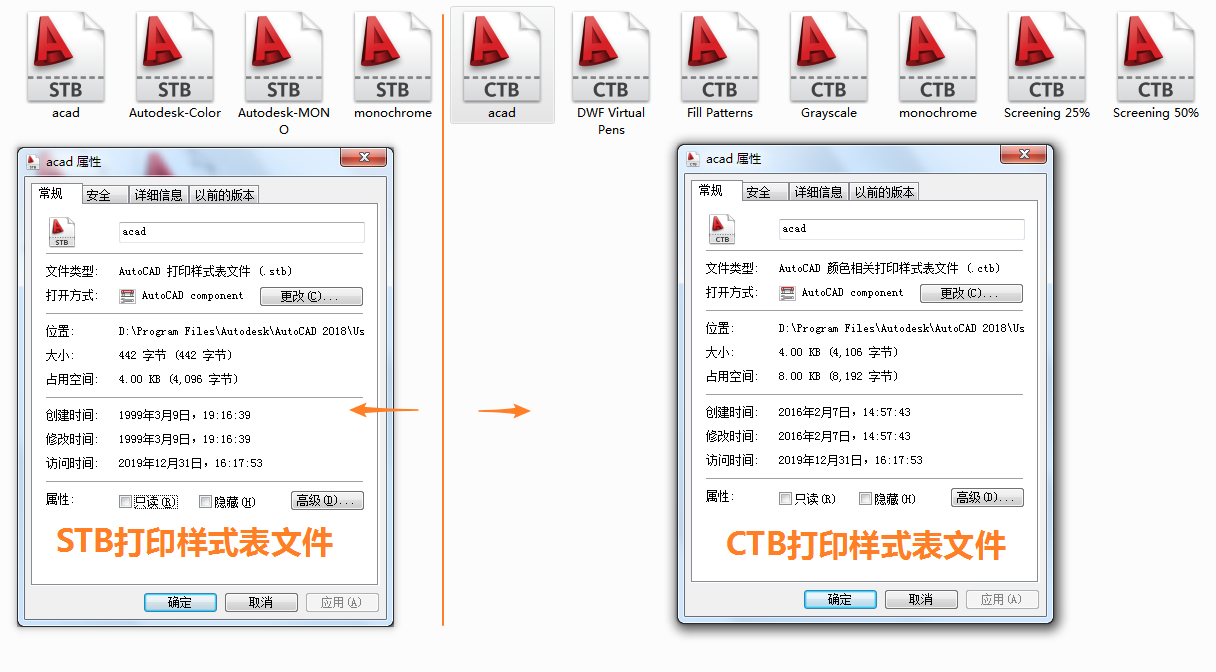
There are two types of print style sheets in CAD, and their extensions are STB and CTB.
STB plot styles are called "name-dependent plot style sheets" and CTB plot styles are called "color-dependent plot style sheets".
From the usage habits of domestic designers, the latter is mostly CTB printing style.
The STB and CTB print styles cannot exist in the drawing at the same time, and the two are reverse operations. When printing the drawing, the print style specified in the figure does not match the daily use, just run CONVERTPSTYLES to switch.
PAT hatch pattern definition file
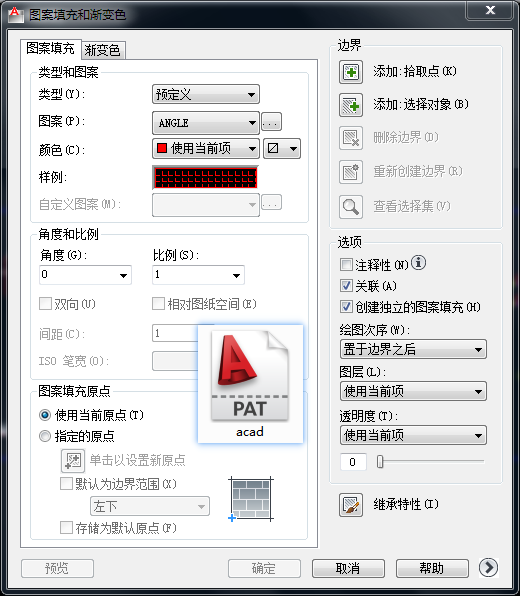
Files with a suffix of PAT contain fill patterns in CAD, similar to FMP files, and can also be opened and edited with an ASCII text editor (such as Notepad).
However, for the sake of uniformity, it is not recommended to modify the standard fill file that comes with CAD, and it can be imported in the form of a new fill legend for use.
ATC tool palette file

The tool palette is a very practical function in CAD, and the sidebar can be called up by the shortcut key Ctrl+3.
As the name suggests, the function of the tool palette is equivalent to a large tool warehouse, which contains a large number of blocks that can be directly inserted and used, which is convenient and fast, and is one of the functions that designers like very much.
After the tool palette is created, a file with the extension ATC will be generated, which records all the information in the palette: block name, thumbnail, etc. In this way, when changing the computer or changing the CAD version, you only need to re-import the ATC file once to achieve "seamless docking" and continue to use the familiar function of the option board.
PGP program parameter file

PGP files are called program parameter files and can be edited with an ASCII text editor such as Notepad.
The Pgp file stores all the simplified commands in the currently used CAD program, for example: inputting a letter "L" when drawing will start the "line" command, because the corresponding relationship between the simplified command and the full name of the command is set in the file.
The compilation syntax of the simplified command is "simplified command to be used + comma + * + full name of the command". Although you can modify the command as you like, do not change it for convenience. Try to select the abbreviation associated with the full name of the command. The length should not exceed 3 letters, otherwise it will lose the meaning of simplification
LSP application source code file
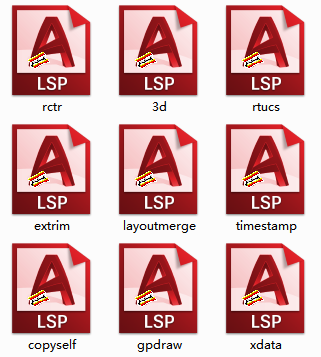
The Lsp file is the extension of the compiled file when autolisp is used for CAD secondary development. In order to better realize the functions of CAD, many enthusiasts optimize it according to the design needs and write it in autolisp language, because the syntax is relatively simple and easy to use. , so many designers can casually edit a few lines "following the gourd painting".
Of course, a novice is a novice after all, and the lsp files written by various masters on the Internet will definitely make you hooked, beyond your imagination.
MLN multi-line definition file
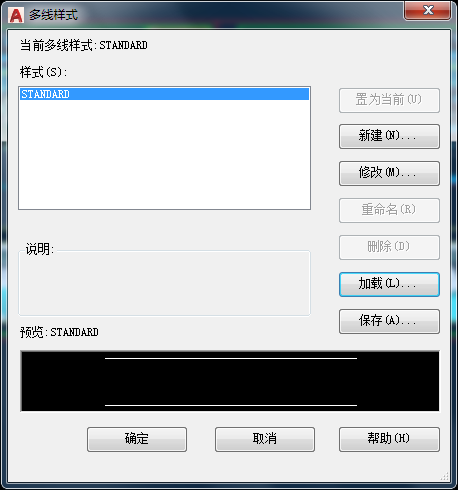
Mln is a multi-line style external storage file for CAD.
When you need to export the current style for continued use in other diagrams, you can click Save in the style manager interface to export it as an external mln file.
When importing in other diagrams, you need to click Load in the style manager interface.
9. SHX compiled shape file
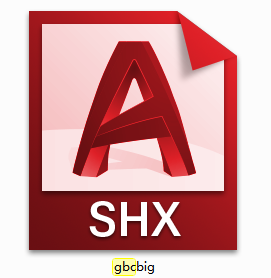
The file with the extension SHX is a compiled shape file, which is mainly used in two occasions:
Font files and linetype files, both of which have the suffix shx, can be opened and edited in an ASCII text editor such as Notepad.
In the Chinese design environment, the widely used shx font is one of its applications.
The openness of editing is a double-edged sword. While there are many and complete fonts and line types, it also causes redundancy of invalid fonts and line types. Therefore, when the existing fonts and line types are sufficient, try to start from the current "stock" "Choose in the middle, don't "make a car behind closed doors" and increase the burden on the already redundant inventory.
LIN line type definition file
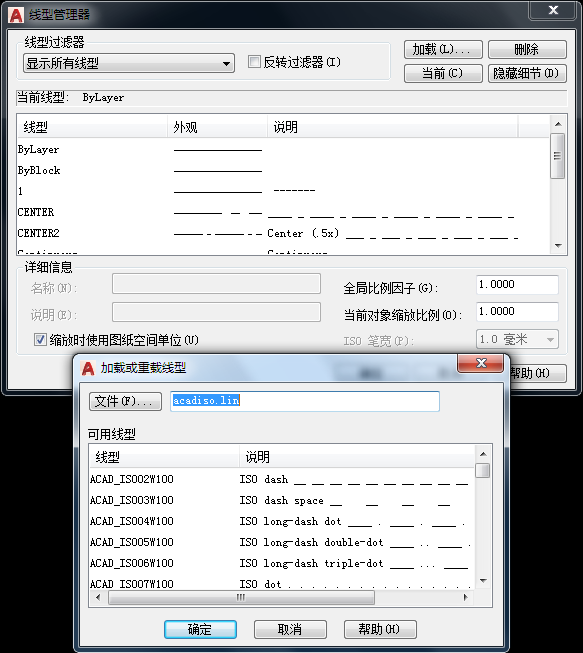
The extension of the linetype file is lin. Click Load in the Linetype Manager, and you can select the file with the extension lin in the pop-up dialog box. Each linetype is independent of each other and can be opened with an ASCII text editor.
In the same way, we can also customize the new line type through programs such as Notepad, so as to use it in a specific design environment.
Similar to the usage rules of font compilation, research and experiment for the purpose of learning, and don't generate unpractical linetypes for "uniqueness".
CUIX / CUI tool customization file

Run the "cui" command in CAD, and the "Customize User Interface" dialog box will pop up. You can customize the menu and toolbar, and you can also control the loading of external lisp files.
The external file of the custom user interface is the cui file. After the 2009 version, it was renamed the cuix file. It stores various settings of the current user and is a very important index file. If there is an error or damage, it will directly lead to the user's drawing interface. lost.
Cuix files will generate an automatic backup file every time, the full name is acad.bak.cuix, where acad.bak is the file name, and the cuix suffix is the extension. If the main file is damaged, the backup file will be renamed to acad .cuix will do.
Special reminder: cuix files are easily damaged in the case of abnormal CAD operation, flashback, etc. Therefore, on the premise that CAD has added an insurance, it is very necessary to manually back up regularly.
The above is the whole content of this issue, please continue to pay attention to the follow-up articles for more CAD file extensions and suffixes.
Share practical skills, talk about CAD interestingly, and make boring and vivid.
The links to the first five articles of "300 Practical Skills" are as follows, welcome to read:
The essence of CAD skills❺
The essence of CAD skills❹
Acceleration, continuous change of direction, do you think you are talking about sports? Actually I'm talking about CAD skills
The essence of CAD skills ❸
Essence of CAD skills ③|21 years of use experience to recommend, to help you play AutoCAD
The essence of CAD skills ❷
The essence of CAD skills②|Careful selection is here again, please accept these 10 operation skills pure dry goods
The essence of CAD skills ❶
The essence of CAD skills①|These 10 commonly used skills, you may meet or use them
Articles are uploaded by users and are for non-commercial browsing only. Posted by: Lomu, please indicate the source: https://www.daogebangong.com/en/articles/detail/Illustrated%20BookLook%20at%20the%20extension%20name%20file%20talk%20about%20the%20files%20in%20the%20CAD%20installation%20directory%20so%20it%20is.html

 支付宝扫一扫
支付宝扫一扫 
评论列表(196条)
测试